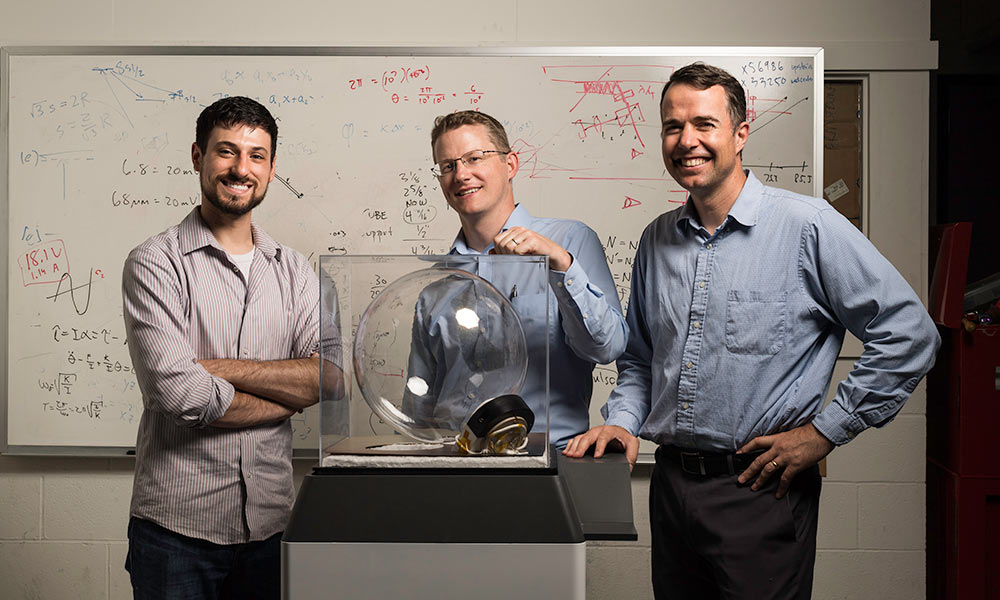
Researchers use lasers to display ‘true’ 3-D objects
3-D displays, once only found in science fiction, are now closer to reality using a 3-D volumetric display where viewers can see images in three dimensions without the use of special glasses or filters.
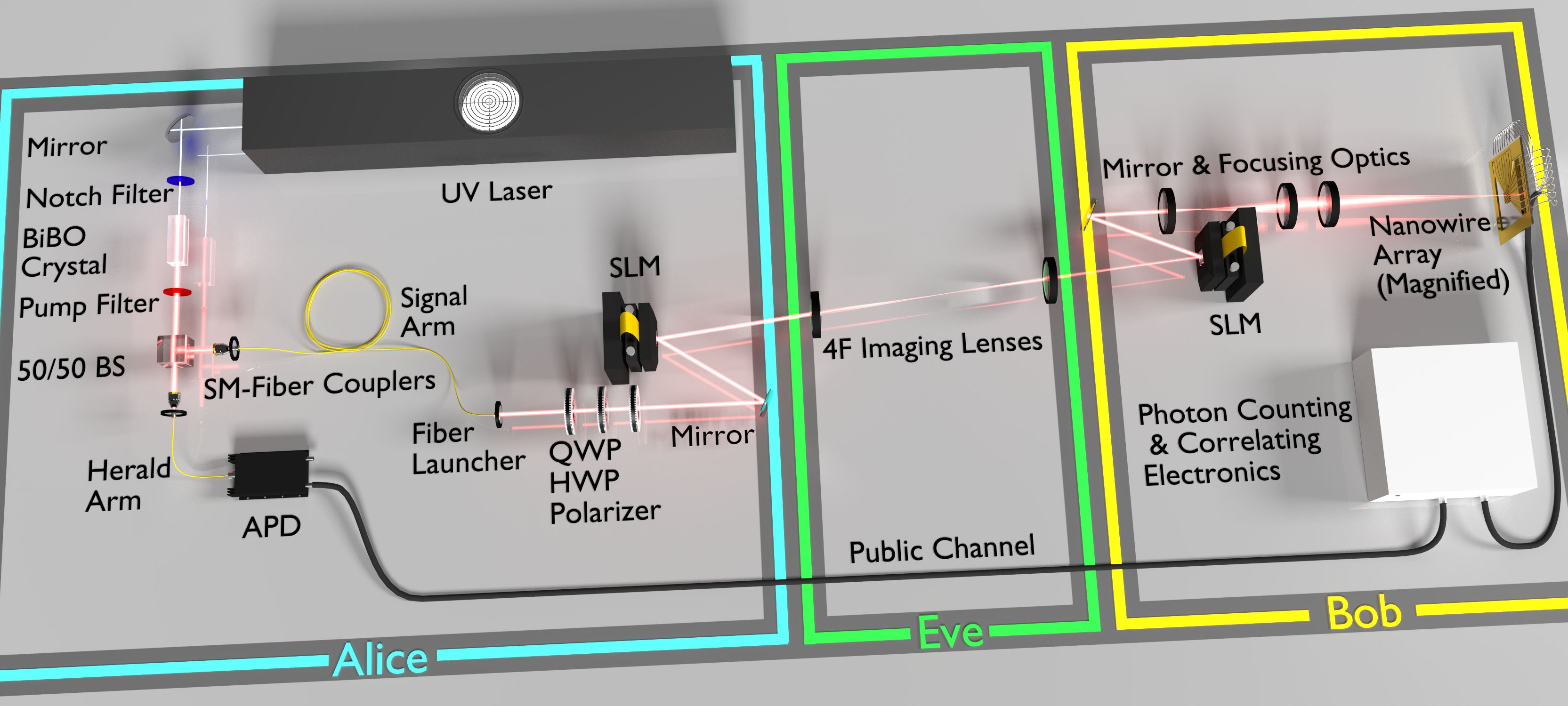
Enigma Machine takes a quantum leap
Researchers have developed a “quantum enigma machine” to improve on data encryption. The device manipulates photons to create an unbreakable encrypted message with a key that’s far shorter than the message—the first time that has ever been done.
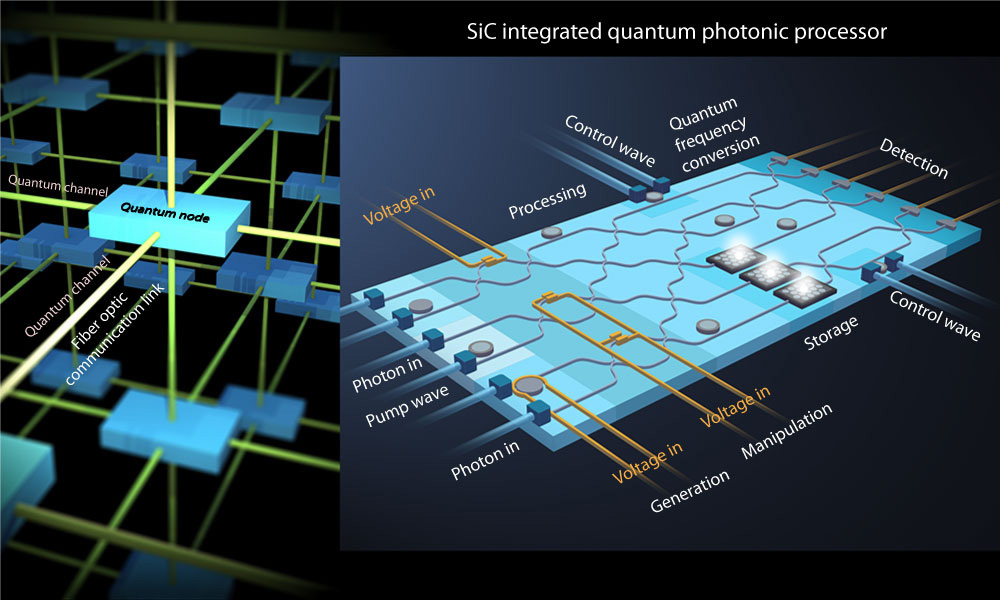
$2 million to add efficiency to integrated quantum photonics
Rochester researchers working on the next generation of quantum information processing have received a $2 million boost from the National Science Foundation.
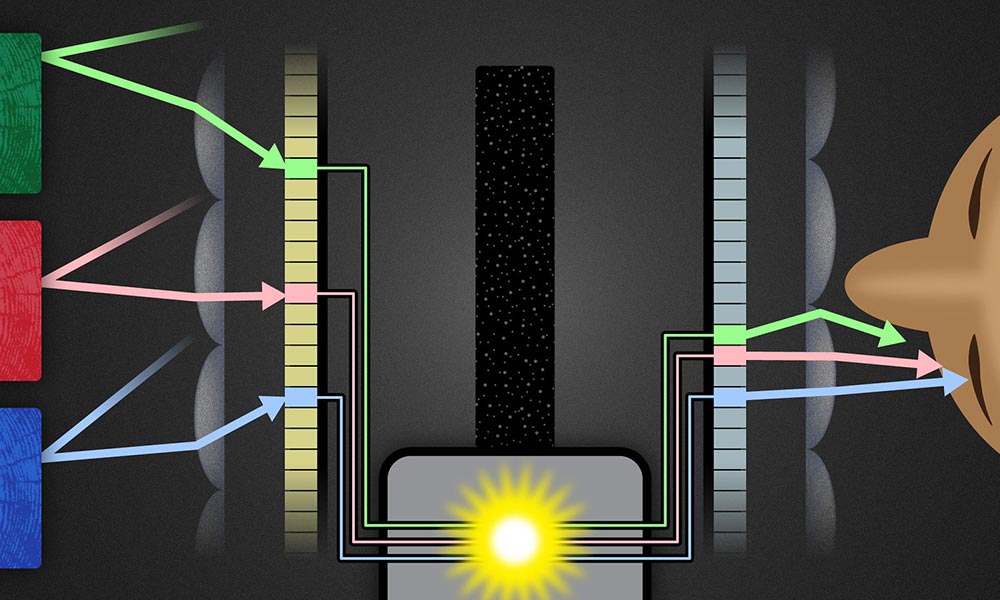
A digital ‘Rochester Cloak’ to fit all sizes
Using the same mathematical framework as the Rochester Cloak, researchers have been able to use flat screen displays to extend the range of angles that can be hidden from view. Their method lays out how cloaks of arbitrary shapes, that work from multiple viewpoints, may be practically realized in the near future using commercially available digital devices.
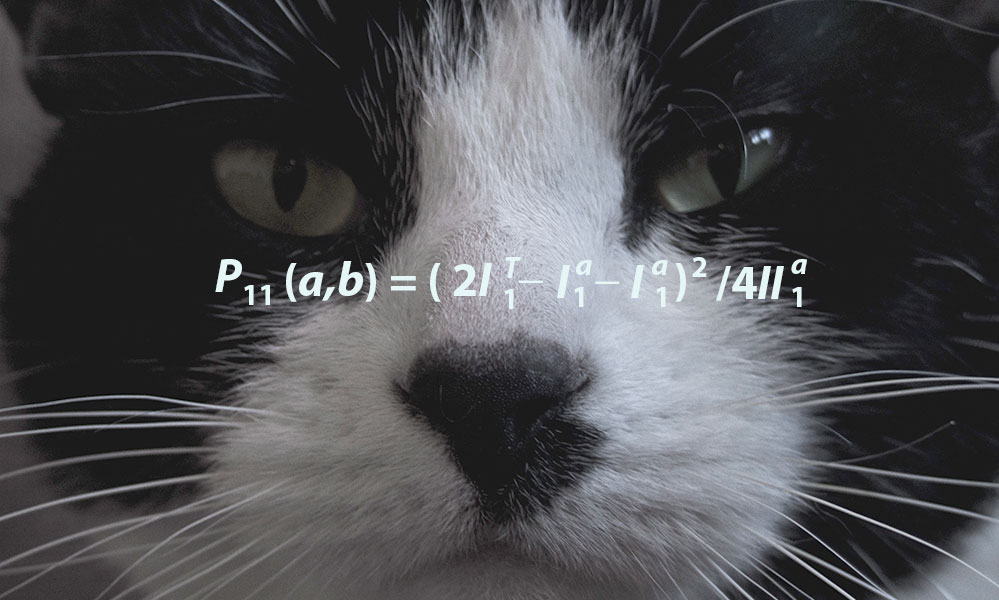
Drawing a line between quantum and classical: Bell’s Inequality fails test as boundary
The best guide to the boundary between our everyday world and the “spooky” features of the quantum world has been a theorem called Bell’s Inequality, but now a new paper shows that we understand the frontiers of that quantum world less well than scientists have thought.
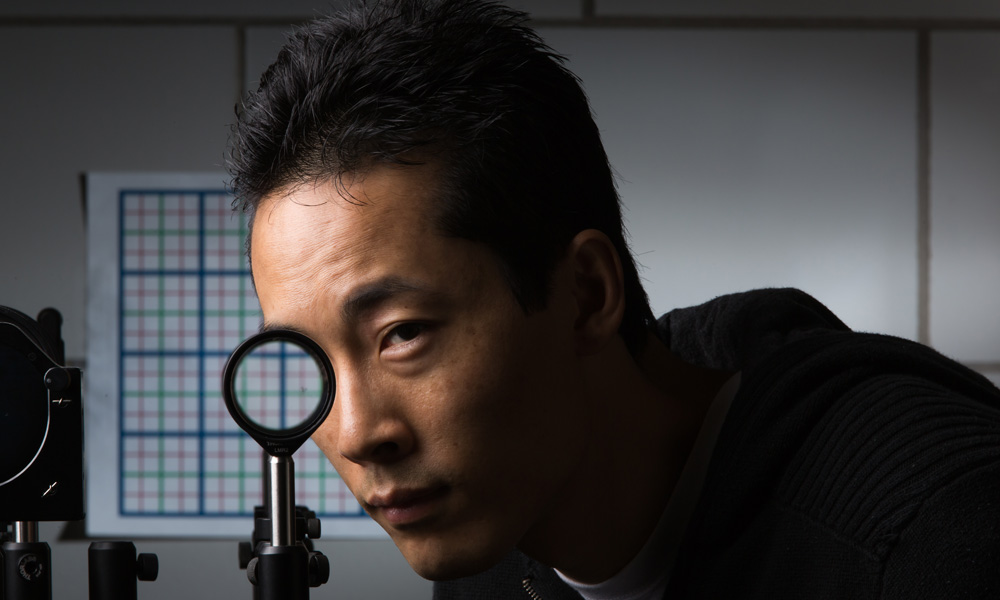
Invisibility cloaking device hides objects across range of angles
Scientists have recently developed several ways—some simple and some involving new technologies—to hide objects from view. The latest effort, developed by physics professor John Howell and graduate student Joseph Choi, not only overcomes some limitations of previous devices, but uses inexpensive, readily available materials in a new way. “This is the first device that we know of that can do three-dimensional, continuously multidirectional cloaking,” said Choi.
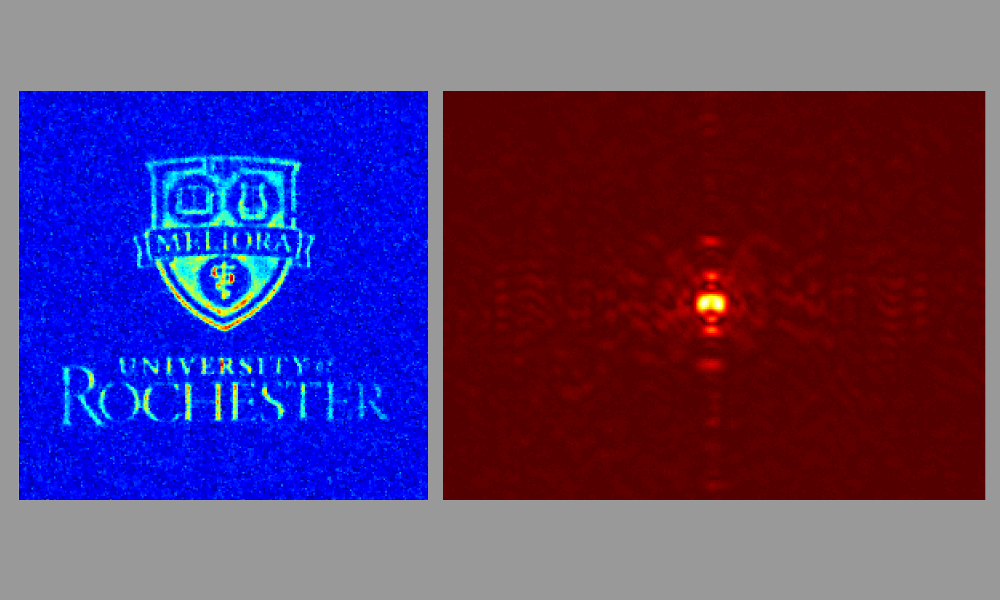
“Compressive sensing” provides new approach to measuring a quantum system
Physicists have shown that a technique called compressive sensing offers a way to measure both variables at the same time, without violating the Uncertainty Principle.
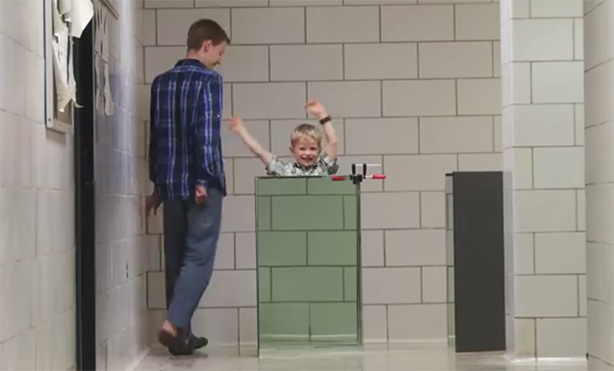
How To Hide a Boy – or Maybe a Satellite
With the help of his 14 year-old son, Benjamin, John Howell built three simple but surprisingly effective optical cloaking devices with inexpensive, off-the-shelf materials.
